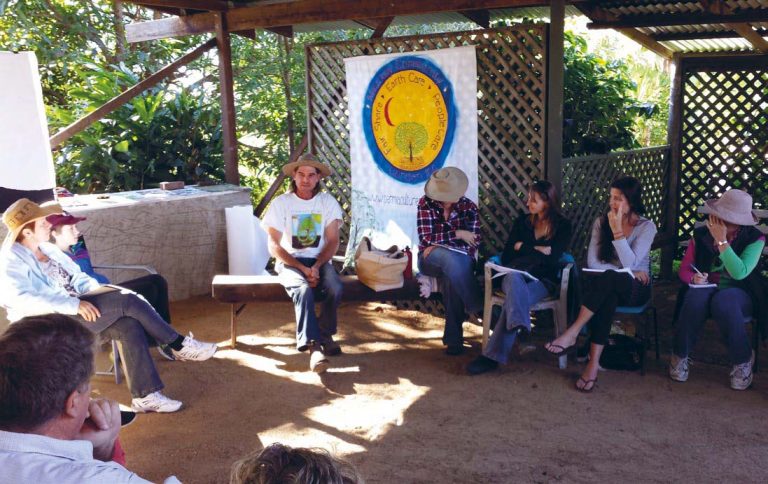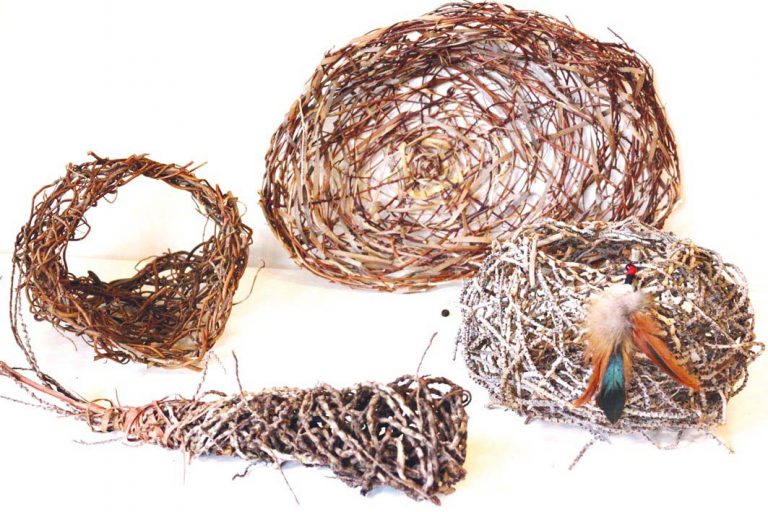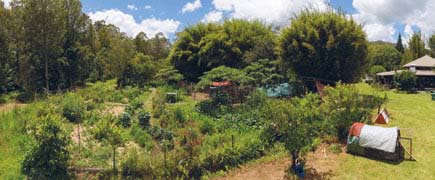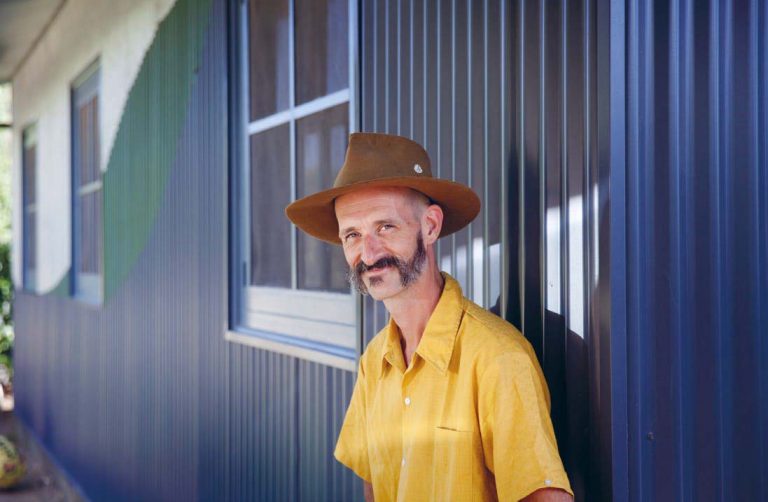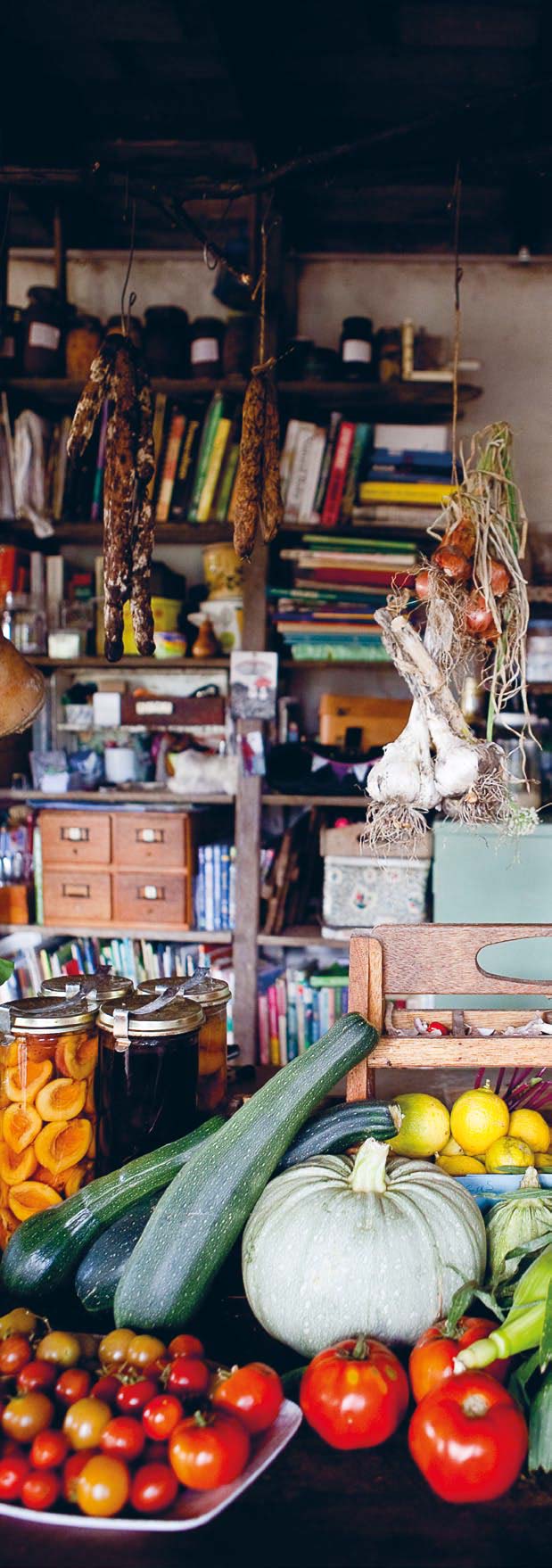Pip Picks
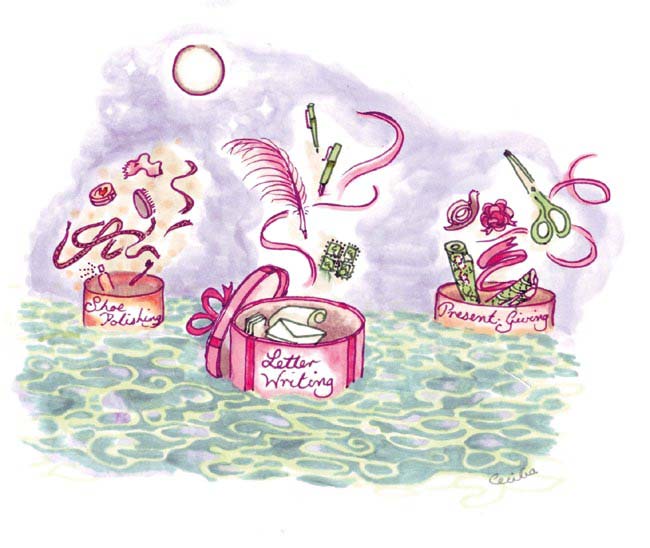
Permaculture design is about solving whatever real problems people have. My clients are mostly mainstreamers, so their problems aren’t of a vegetable nature. They are; ‘My children don’t listen to me’, ‘I’m always rushed’, ‘Life is such a chore’. If good design creates cared-for, surplus-sharing people, Bill Mollision would be pleased.
Our houses could be our cheer squad and support crew, but so often, they just defeat us. We intend to do something lovely: wrap a present, shine our shoes, make a cake. But we end up stuck. ‘Where is the sticky tape?’ ‘Who took the scissors?’ ‘Do we have any white laces?’ Create household guilds. Make families of objects so that they are able to fulfill their purpose when they are in each other’s presence. Find a beautiful box or container for them. Label it with a spot-on title. Don’t dilute or pollute the box with things that don’t really belong.

